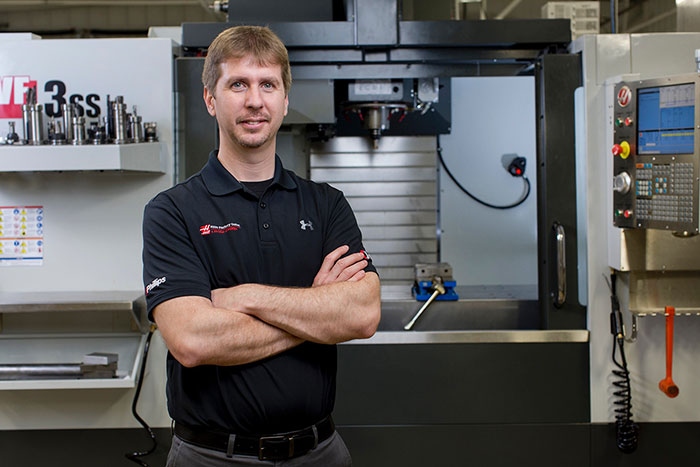Manufacturers must always work to remain competitive in a market that is constantly shifting. From new technologies to the skills shortage to supply chain constraints, the manufacturing sector is currently facing a lot of change while combating industry-wide issues.
To overcome these challenges and progress, manufacturers need to look at their internal production processes and operations and identify how they can improve. Companies are often resistant to change, especially when looking at a process that is already working. But manufacturing professionals need to recognize they have to implement improvements to advance ahead of their competition.
This is where optimization techniques come in. Ben VandeHoef, an Applications Engineer at Phillips Corporation, works with manufacturing companies every day to help optimize their operations.
“We may recommend newer equipment, different processes, or better techniques to help manufacturers,” VandeHoef says of his team’s work, known as the OPTO Team. “These adjustments help to speed up production, improve accuracy, and result in a better return on investment.”
When manufacturers are open to exploring optimization strategies, they’ll often find multiple different ways to increase efficiency within their operations. Auditing processes, training employees, researching new technologies – all of these set manufacturers on the path towards optimization.

The Benefits of Optimization
VandeHoef has helped several companies significantly improve their production operations. One company was able to reduce a part’s machining time from over an hour to around 20 minutes. This saved hundreds of thousands of dollars because they no longer had to contract work out.
“Now they're running about three times faster, which gives them almost six months of open machine time on that machine. What used to take them a year to make, now they are making it in six months,” VandeHoef explains.
Another company worked with VandeHoef to bring some production aspects in-house, which improved their product quality and increased production speed.
“It can be hard to convince manufacturers to put in the work to improve and optimize their operations,” VandeHoef says, “but those who have done it, don’t regret it once they see their return on investment.”
With his level of expertise, VandeHoef can usually quickly identify areas for improvement, but he does have some advice for manufacturers struggling to solve inefficiency in their processes.
“Don’t be afraid to try something different or try something new. Even if it doesn’t work, you’ll learn something from it,” VandeHoef explains, “Embrace technology to try to get better results. Even if you don’t understand all of the technologies out there, there are people willing to help you and teach you.”
Some technologies that help manufacturers with optimization include automation and robotics, 3D printing, and CAM software. Robots especially can help manufacturers grow without adding extra people, which is essential given the industry’s current labor shortage.
The Path to Optimization
VandeHoef works with dozens of manufacturers every year to help problem solve their challenges and resolve their inefficiencies. To manufacturers looking to optimize processes and production operations, he recommends they embrace new ideas and technologies to find solutions that will produce parts faster and more efficiently.
“Be open to new technologies and techniques, explore different ways of doing things, learn more about your machines and other machine types,” VandeHoef advises. “Just doing things or looking at things differently will help get you started on the path to optimization.”
Though manufacturers want to embrace optimization, sometimes they don’t have the time, labor, or knowledge to do so. If you’re a manufacturer in this position, check out the OPTO Team at Phillips Corporation. And plan on attending the premier Southeast manufacturing event: SOUTHTEC.
Bio:

Ben VandeHoef, Applications Engineer at Phillips Corporation
Ben VandeHoef came to Phillips Corporation with nearly 20 years’ experience as an aerospace machinist working on everything from B-2 Bombers to space shuttles. Additionally, he has experience as a lead programmer, shop supervisor, and head machinist in a wide range of industries. VandeHoef has been at Phillips for 8 years and works with around 50 manufacturers every year to help optimize their operations.
